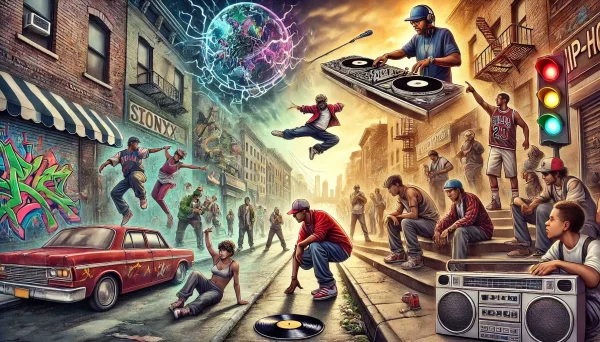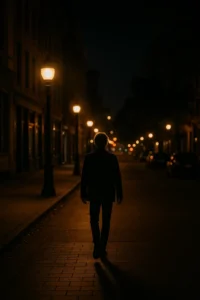Hip-hop began not in a recording studio or on a big stage—but on the streets, in parks, and in community centers. It was born out of struggle, creativity, and the need for self-expression in the Bronx, New York City, during the 1970s. What started as a local cultural response to social inequality has grown into a powerful global movement, influencing music, fashion, language, dance, and even politics. Hip-hop is more than a genre—it’s a way of life that continues to unite voices across borders.
The Roots in the Bronx
In the early 1970s, the South Bronx was experiencing poverty, gang violence, and urban decay. Amid this chaos, young people began creating something new. DJs like Kool Herc, Afrika Bambaataa, and Grandmaster Flash laid the foundation by throwing block parties and inventing new techniques like the “breakbeat,” where they looped the most danceable parts of a song. MCs (rappers) started to rhyme over these beats, while B-boys and B-girls danced to them in explosive, athletic styles. Graffiti artists added visual storytelling to the mix. These four elements—DJing, MCing, breakdancing, and graffiti—became the pillars of hip-hop.
A Voice for the Voiceless
Hip-hop gave marginalized youth a voice. It was a way to speak out against racism, police brutality, and poverty. In a world where they felt ignored, young Black and Latino artists used rhyme and rhythm to tell their stories. The music reflected real-life struggles, neighborhood pride, and dreams for a better future. It empowered people to take control of their own narratives—and others began to listen.
From Local Sound to Worldwide Wave
By the 1980s, hip-hop had moved beyond the Bronx. It spread to other parts of New York and then across the U.S., with iconic artists like Run-D.M.C., LL Cool J, and Public Enemy taking the genre mainstream. Breakdancing appeared on global TV. Graffiti hit art galleries. Hip-hop reached Europe, Asia, and Latin America through films, music videos, and touring artists. What made hip-hop so adaptable was its universal themes—resistance, pride, style, and identity.
The Golden Era and Artistic Expansion
In the late 1980s and early 1990s, hip-hop entered what many call its “Golden Era.” Artists like Tupac, The Notorious B.I.G., Nas, and A Tribe Called Quest elevated storytelling and lyrical depth. The culture diversified, with new subgenres emerging: West Coast G-funk, Southern rap, conscious rap, and hardcore. Fashion followed the beat, with oversized clothing, gold chains, sneakers, and sportswear becoming iconic. Brands like Adidas and later Nike began shaping entire looks inspired by the streets.
Hip-Hop Today: A Global Force
Today, hip-hop is everywhere. It’s the most streamed genre in the world. Artists like Jay-Z, Kendrick Lamar, Drake, and Nicki Minaj are cultural powerhouses. K-hip-hop is booming in South Korea. French, Nigerian, British, Brazilian, and Indian rappers have created thriving local scenes. Social media platforms like TikTok and YouTube have only accelerated hip-hop’s reach and evolution. But the spirit remains: real, raw, and connected to the streets.
Beyond Music: A Cultural Revolution
Hip-hop is now a global language of empowerment. It influences how people walk, talk, dress, and think. It’s taught in universities, used in political activism, and even applied in education to engage students. Movements like Black Lives Matter often feature hip-hop as their soundtrack. It’s a space where social justice and creativity meet.
Conclusion: From the Block to the World
Hip-hop’s journey from block parties in the Bronx to stages around the globe is a story of resilience, creativity, and connection. It was born out of necessity—a creative answer to struggle—and became a cultural revolution. Though it’s evolved, its heart still beats in the streets. It belongs to everyone who has something to say and the rhythm to say it with.







